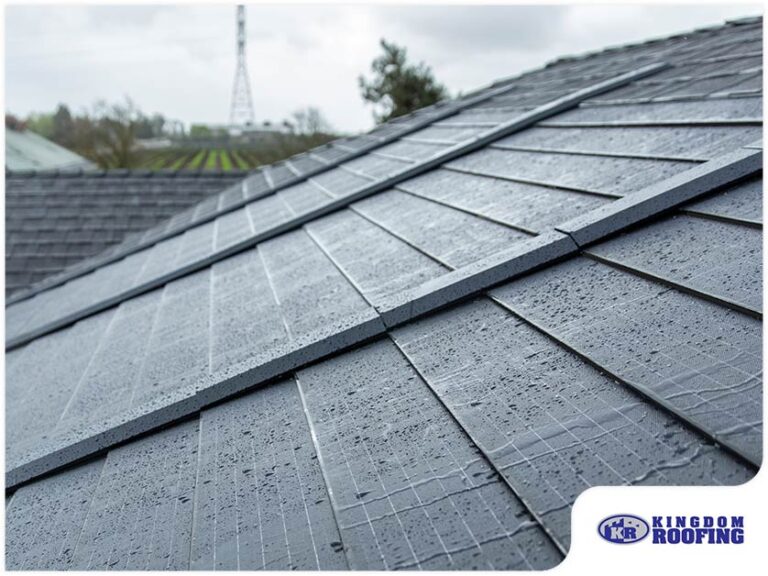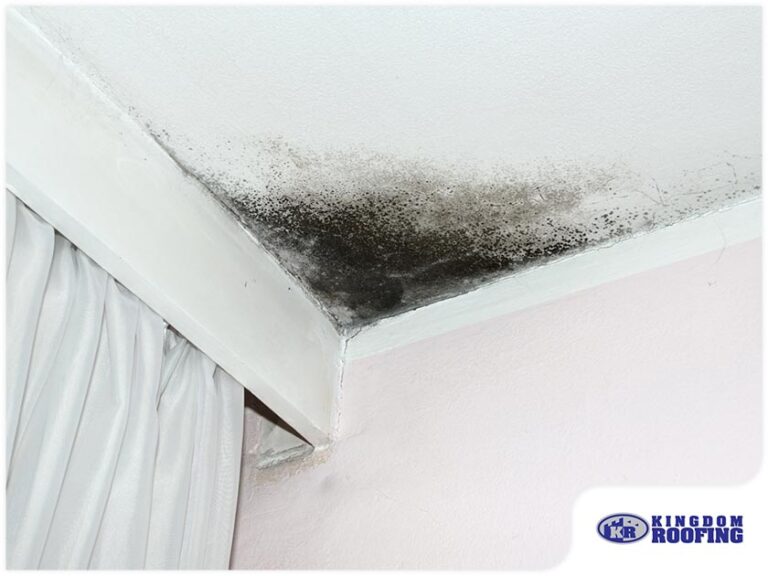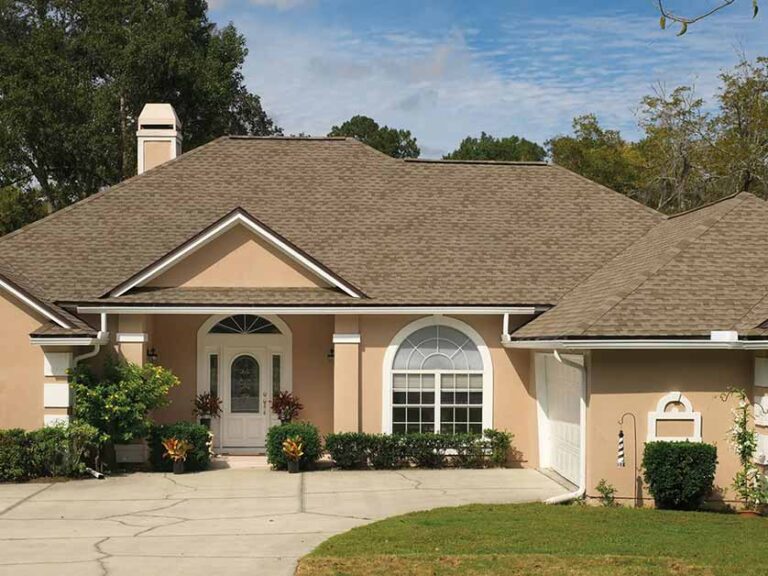Depending on the design, materials and quality of maintenance, your roof can last for decades. However, as sturdy and well-designed as it is, your roof will eventually need to be replaced. Regardless of how the roof was constructed or maintained, materials deteriorate over time or become damaged from extreme weather events.

Knowing your roof’s age can benefit you in many ways, but generally, it allows you to take a more proactive approach to roofing replacement and maintenance. Read on as [company_name] further discusses the advantages of knowing the installation date of your roof.
Roof Age: Why Does It Matter?
Your roof’s age can give you a clue about your roof’s performance, condition and remaining life. Here’s a closer look at its importance:
-
Longevity – Different roofing materials have varying life expectancies. The quality of the material can also affect a roof’s longevity, but on average, here are the estimated life spans of some of the most popular roofing materials:
-
Asphalt rolls – 5 to 10 years
-
Composites – 15 to 40 years
-
Wood shingles – 25 to 30 years
-
Wood shake – 35 to 40 years
-
Standing-seam metal – 30 to 50 years
-
Clay or cement tiles – 50 to 100 years
-
Slate – 100+ years
You may have noticed that lightweight materials like composite shingles tend to have a shorter life span than heavier ones like slate. This is because their composition is made with cheaper but still reliable materials. And even though lightweight materials have a shorter life span, they’re easier to procure and install as their weight makes them easier to handle and transport. Stronger, heavier roofing materials last longer, but they are more expensive and require stronger support structures, which adds to the cost and time needed for a roofing contractor to install.
All these materials are reliable in their own right, and every one of them has its advantages and disadvantages. That said, when selecting a roofing system, you should consider its expected life span so you have an idea of how much maintenance would cost and when you’ll likely need to replace the roof. For example, if you have a wood shake roof that was installed 30 years ago, then it would be best to start saving money and planning for a replacement.
-
Maintenance – The age of the roof also plays a role in its maintenance. Generally, the older your roof gets, the more it becomes prone to roofing issues or damage. Regular inspection and roof repair services can help in prolonging its service life, and these will give you a better idea of how to properly care for your roof and what problems you should particularly look out for.
-
Insurance and Warranties – Knowing the age of your roof is crucial when it comes to warranties and insurance claims. The coverage period of a material warranty varies depending on the manufacturer and the material. Meanwhile, your homeowner’s insurance may also need to be renewed or updated at a certain point — for instance, if you upgrade your roof, you should inform your insurer.
-
Home Value – It’s also important to remember that a roof’s age also affects the value of your property. That is why homeowners who plan on selling are inclined to replace their roofs to increase their property’s marketability and sale value. Potential homebuyers tend to look for homes with new roofs and windows as these parts are crucial to the protection and energy efficiency of the house.
-
Curb Appeal – Older roofs tend to have more noticeable issues, like curling shingles, algae growth and fading color. Constant exposure to the elements and natural wear and tear diminish the appeal of your roof over time. By knowing the age of your roof, you can anticipate such problems and be able to schedule a replacement as needed.
-
Overall Performance – In general, the nearer a roof comes to the end of its estimated life span, the less reliable it becomes. Even though constant care and roof repair services do help in extending its life span, a roof is only built to last for a certain amount of time.
Ways to Determine Your Roof’s Age
There are several ways to determine your roof’s age. Here are some of them:
-
Look up your roofing records – This is one of the most convenient ways to check for the age of your roof. If your roof is regularly maintained and inspected, then the paperwork should indicate the age of your roof. These records also hold information regarding the materials and design. Based on these details, you can then determine how much is left in your roof’s life span.
-
Ask the previous owners – If you’ve only lived in your current home for a brief time and don’t have any roofing documents, asking the previous owners is a good option. If they also don’t have the records, you can ask them how long they lived in the property and add your own time to get an approximate age of the roofing.
-
Have your roof inspected – This is the most reliable way to determine the age of your roof. Roofers have the necessary skills, experience and equipment to accurately tell the age of a roof. They can also check all existing issues and recommend ways to address them. Some newer roofs can exhibit problems that an older roof typically has, and a skilled roofing contractor can easily tell what’s wrong and what the best course of action would be after a thorough inspection.
-
Look at physical signs – Checking the physical state of your roof is also another option to estimate the age of your roof. Curled shingles, missing sections, the presence of algae, rusted flashing and nails, faded colors, warping, peeling paint and bowing are signs that a roof could be nearing the end of its life. Sometimes, these indicators can also be symptoms of other roofing issues, so make sure to have your roof inspected by a professional.
Invest in your home by getting a roofing replacement. [company_name] provides an array of roofing services to meet various roofing needs. We are dedicated to providing each of our customers with the excellent workmanship they deserve. Learn more about our services by contacting us at (941) 217-2411 or filling out our contact form.



